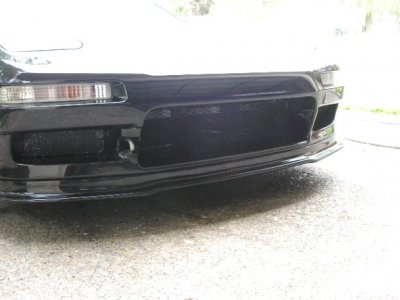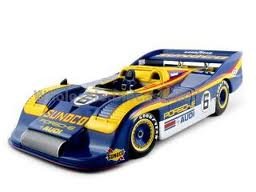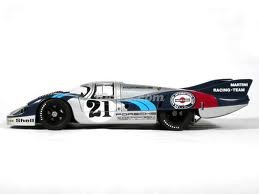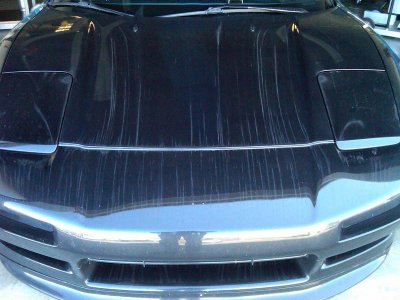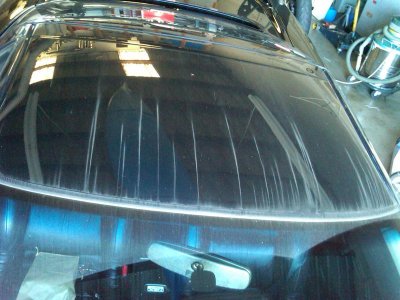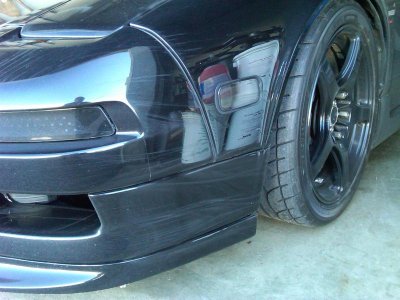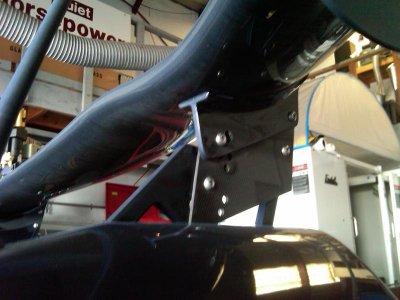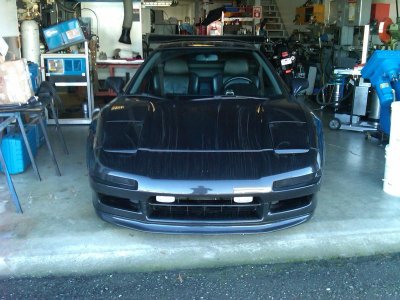Recommendations
For an NSX, I personally think the aerodynamically best thing to do would be to give it standard 2002+ bodywork, lower the car as far as is acceptable for you, put wheel spoilers in front of all four wheels, and build a completely smooth underbody with a diffuser that is angled upwards 3-5° and starts as far forward as possible. The car would still be perfectly practical but drag and lift would both be reduced. If you need more downforce over the front or rear axle, you will need to start sacrificing straight line speed with a steeper rear diffuser, a bigger (perhaps 2002+ NSX-R) rear wing, a front splitter, etc. All those things are likely to increase drag and make your car slower in a straight line but they may make it faster in turns.
I agree.
Unless you understand aero theory and know the implications making haphazard aero mods can do, leave it alone.
I also don't condone making single drastic changes either to your vehicles' aerodynamics. It is a balancing act. The car is balanced very well right now for a drag/handling tradeoff.
For example, I removed my A/C condensors up front. As a result, I can feel some front end lift at higher speeds. Until I can compensate for this (brake duct intakes up there and auxilary driving lights), I'm hesitant to even get this up to 115MPH on the dragstrip.
Dave



